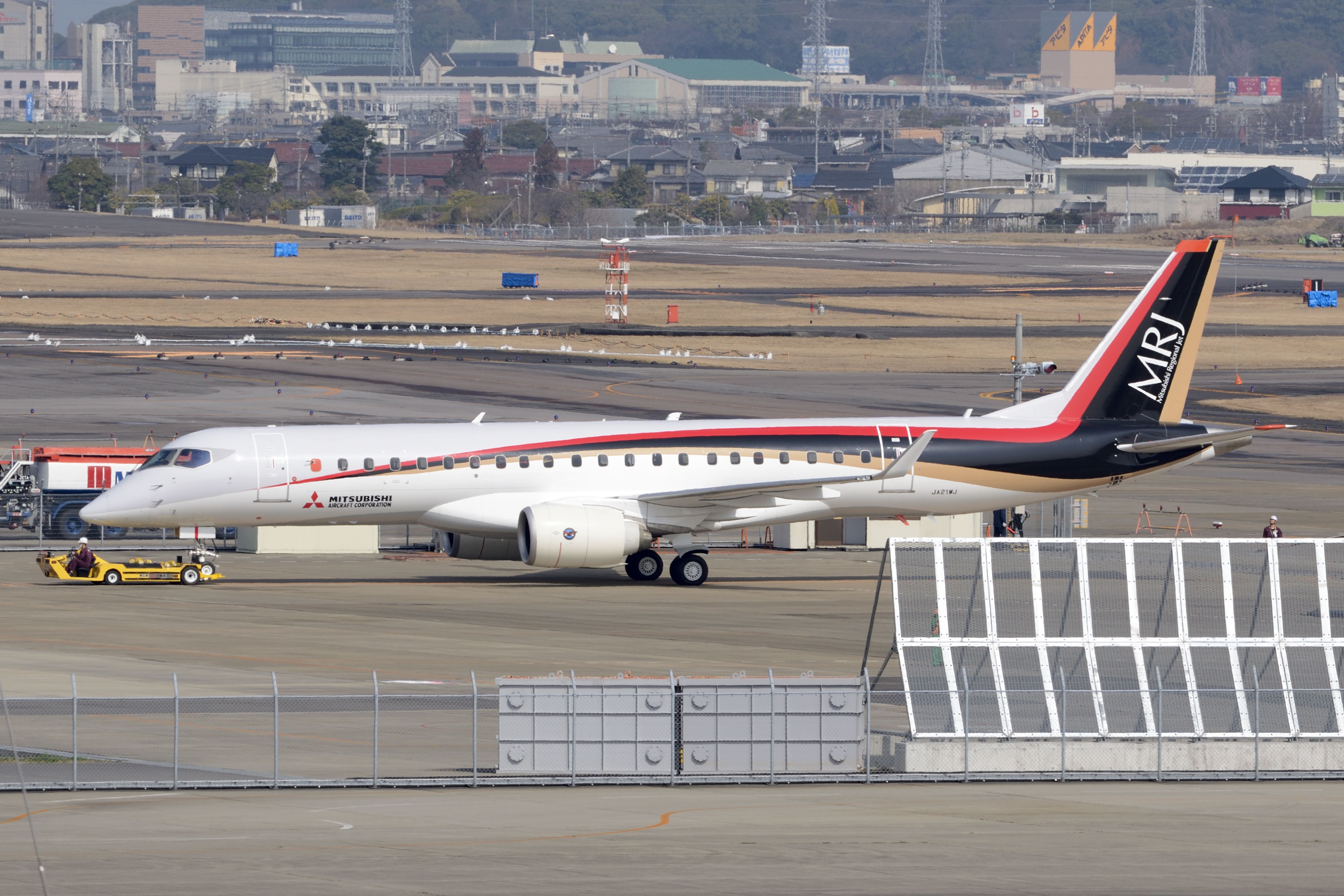Japanese manufacturer Mitsubishi has officially announced the discontinuation of its 'SpaceJet' regional airliner series. It had hoped to produce twin-engine regional jets similar to those offered by Embraer, but the initiative never reached commercial production. After initially being paused, it has now been terminated.
The end of the line
Mitsubishi Heavy Industries (MHI), the parent company of the Mitsubishi Aircraft Corporation (MAC), broke the news of the SpaceJet's discontinuation in a statement released earlier this morning. This brought the program's 16-year story to an end, which dates back to the unveiling of the concept in 2007.
The timing coincided with the publication of MHI's third-quarter results. However, the company emphasized that the termination "will have no material impact on MHI's financial results, both consolidated and non-consolidated." Despite the SpaceJet venture having ended unsuccessfully, MHI hopes that it will leave a lasting legacy in the world of Japanese commercial aviation. It adds that:
"MHI [will] leverage the knowledge and experience acquired through SpaceJet program to continue contributing to Japanese aviation industry, which aspires to return OEM aircraft manufacture to the country."
Find more news about Asian aviation here!
Why has MHI terminated the program?
In a corresponding presentation released alongside its third-quarter financial results, MHI took some time to explain why it had decided to cease development on the SpaceJet program. Of course, its future had already been in doubt for several years, after work on the project was paused in October 2020. Nonetheless, there was a degree of hope that development would eventually restart.
However, the arguments in favor of discontinuing the SpaceJet's development have since become too strong. MHI explains that, for example, it was failing on a technological level, due to requiring revisions as a result of its prolonged development, as well as decarbonization solutions. In terms of failing on a product level, MHI cited a lack of understanding and cooperation from its global partners.
From a customer perspective, MHI noted that "recent pilot shortages [added] to the uncertainty of the SpaceJet's business viability." This was further compounded by the fact that the aircraft didn't meet the needs of the North American regional market. These factors meant that, without additional funding, the continued development of the SpaceJet program would not have been economically feasible.
Lessons and legacy
The Mitsubishi SpaceJet never reached commercial production, with just eight prototypes (seven MRJ90s and one MRJ70) being built before the development pause. Despite the program's ultimate failure, MHI is reflecting honestly but positively. It notes that it learned valuable lessons regarding the "highly complex type certification process for commercial aircraft" and development resources.
Going forward, the company hopes to use its work on the SpaceJet program as a basis for expanding its partnerships with other Original Equipment Manufacturers (OEMs) worldwide. It will also consider how it can apply the knowledge it has obtained to other aircraft development ventures, such as a next-generation fighter program known as F-X. MHI's aircraft development facilities will also stay in use.
What do you make of the SpaceJet program's termination? Would you have liked to have seen its development continue? Let us know your thoughts in the comments.



